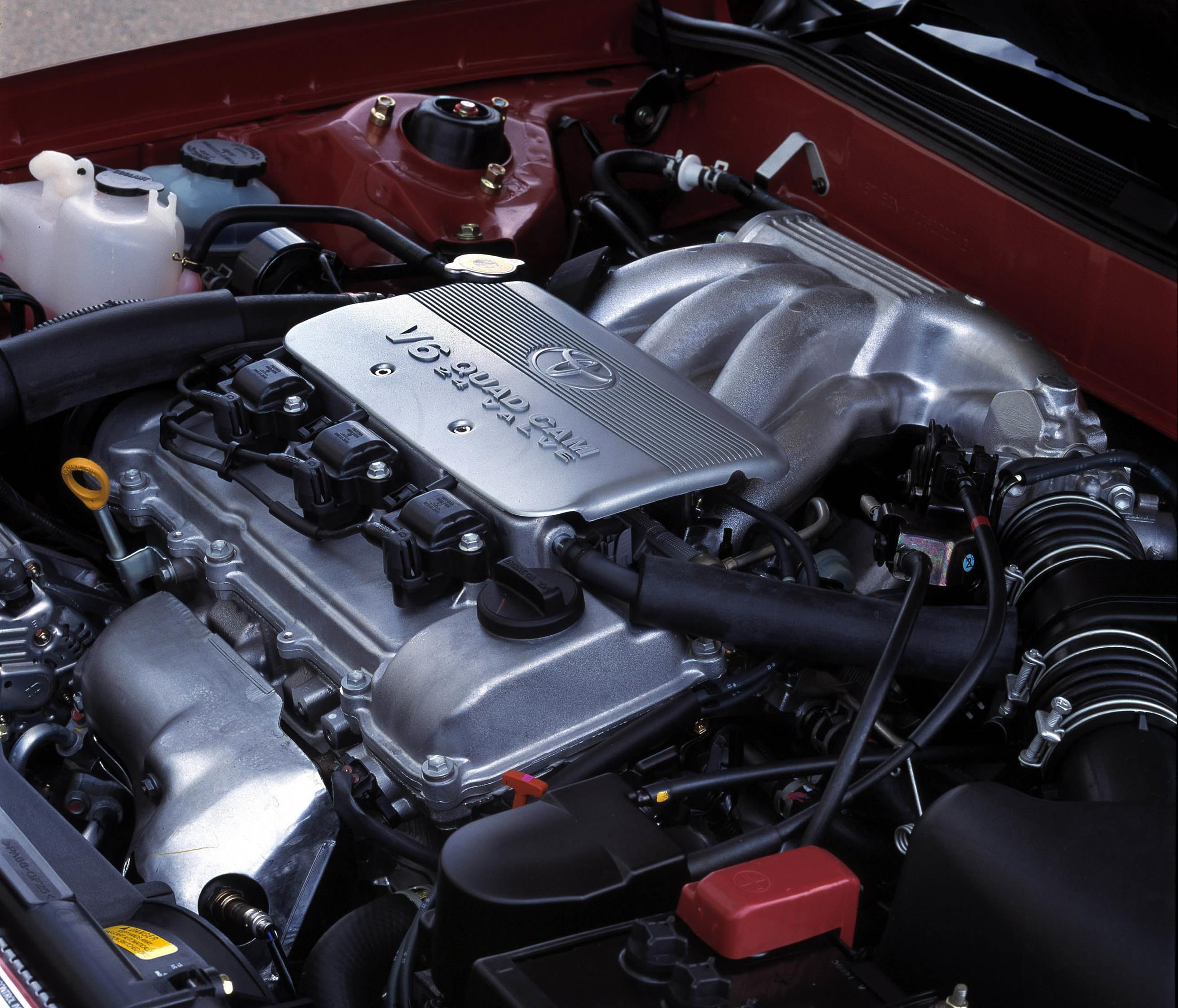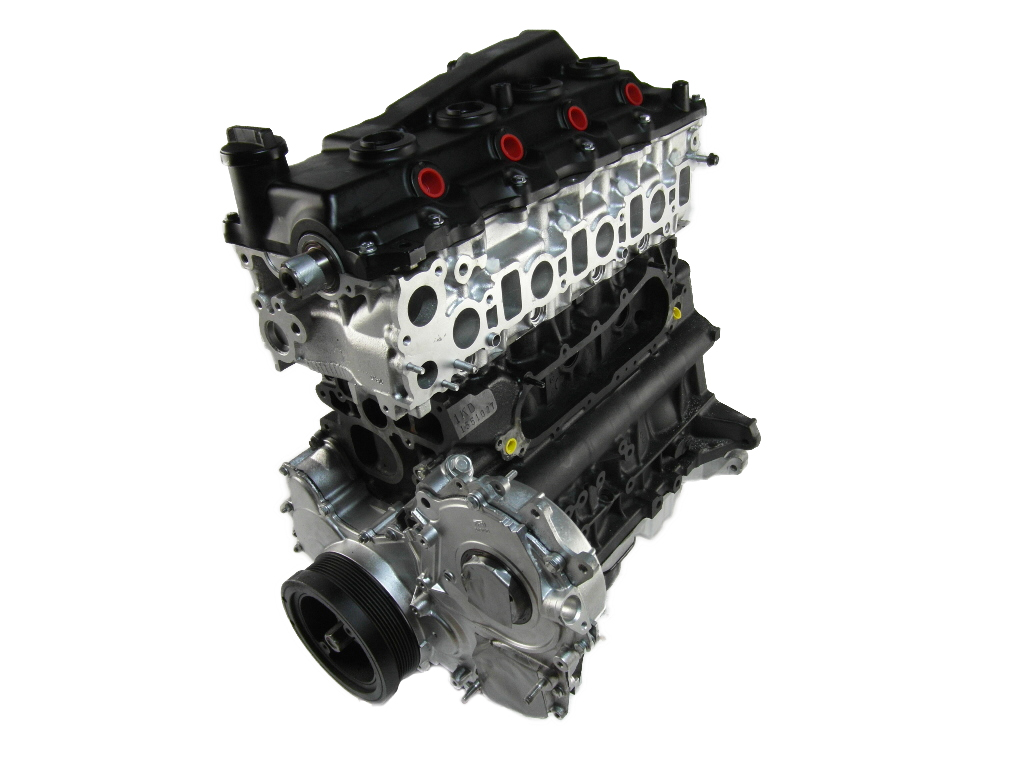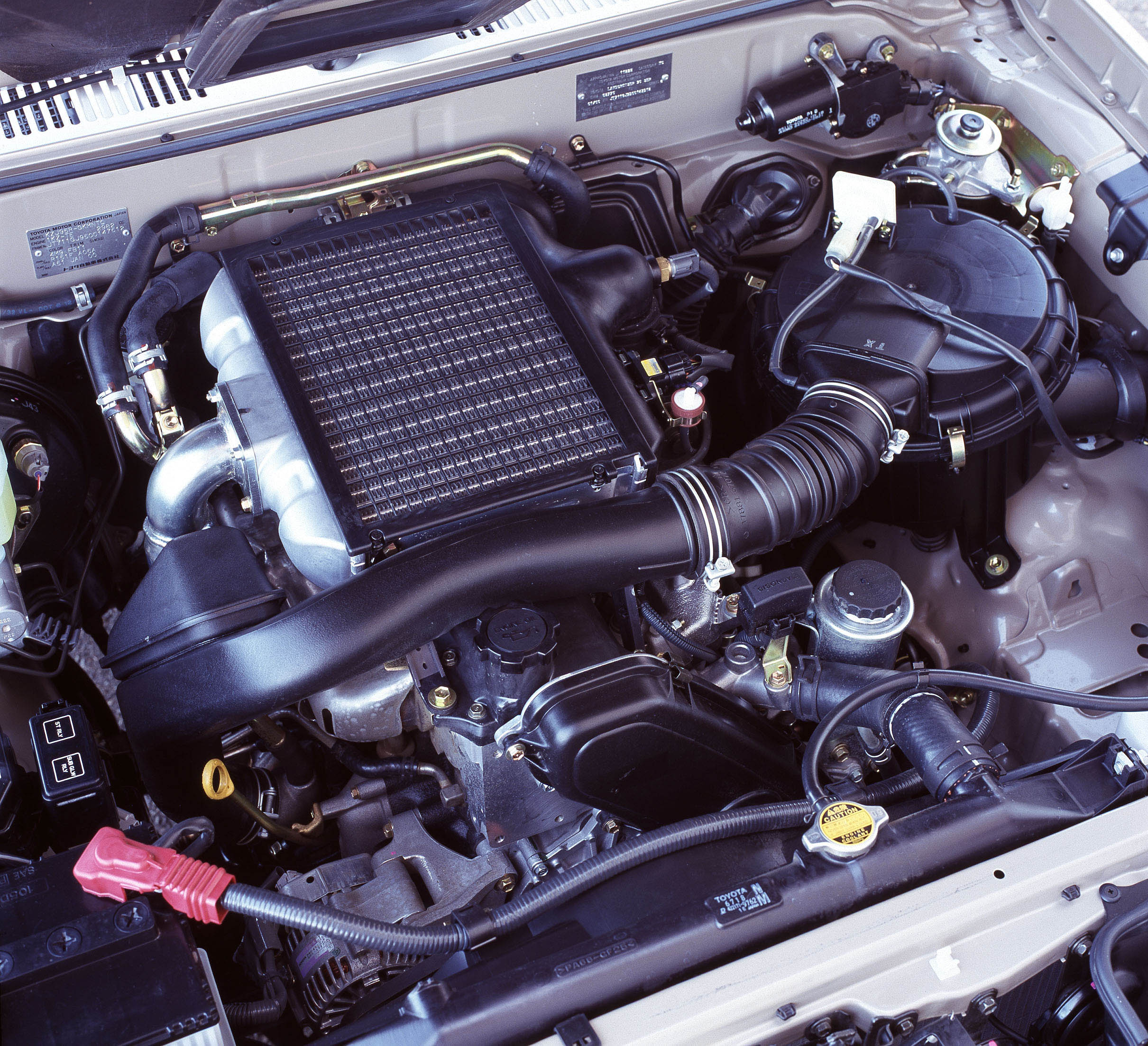 Available from 1992 to 1995, the BMW M60 was a V8 petrol engine that had a 90 degree ‘V’ angle. Development of the M60 commenced in 1984 and was BMW’s first V8 engine in over 25 years.
Available from 1992 to 1995, the BMW M60 was a V8 petrol engine that had a 90 degree ‘V’ angle. Development of the M60 commenced in 1984 and was BMW’s first V8 engine in over 25 years.
Crankcase
The M60 engine had an aluminium alloy crankcase with nickel dispersion-coated (Nikasil) cylinder bores. The M60 engine had a pressure-controlled crankcase ventilation system in which oil vapors would enter a cyclone-type liquid/vapor separator that allowed the liquid oil to return to the oil pan and the oil vapors to be drawn into the intake manifold via a pressure control valve.
While the M60B40 engine had a forged crankshaft, the M60B30 engine had a cast iron crankshaft. Furthermore, the M60 engine had:
- sintered and fracture-split connecting rods, with the use of sintered metal a first for a series production BMW engine; and,
- nickel-plated, flat crown pistons.
Cylinder head
The M60 engine had a cross-flow cylinder head that was produced from die-cast aluminium with integrated camshaft housings. The double overhead camshafts had solid castings and rotated in five bearing journals. To compensate for the camshaft lobe imbalance, counterweights in a crank shape were incorporated into the camshaft design. While the intake camshafts were driven by a double roller chain (primary chain) off the crankshaft, the exhaust camshafts were driven off the intake camshafts, also by double roller chains (secondary chains). To reduce friction and noise in the valve train, the M60 engine had plastic-coated tensioner rails and rubberised sprockets.
The four valves per cylinder were actuated by maintenance-free bucket-type tappets with hydraulic lash adjusters
To minimise mass, the M60 engine had a magnesium alloy cylinder head cover.
Ignition
The M60 engine had coil-on-plug ignition and Bosch Motronic M 3.3 engine management which included knock control, oxygen sensor control, a hot-film mass air flow meter (HFM) and a CAN (Controller Area Network) bus between the transmission and engine control modules.
The firing order of the M60 engine was 1-5-4-8-6-3-7-2.
| Engine | Capacity | Peak power | Peak torque | C.R. | Models | Years |
|---|---|---|---|---|---|---|
| M60B30 | 2997 cc (84.0 x 67.6) |
160kW at 5800rpm | 296Nm at 4500rpm | 10.5:1 | E34 530i | 1992-95 |
| E32 730i | 1992-94 | |||||
| E38 730i | 1992-95 | |||||
| M60B40 | 3982 cc (89.0 x 80.0) |
210kW at 5800rpm | 400Nm at 4500rpm | 10.0:1 | E34 540i | 1992-95 |
| E32 740i, E32 740iL |
1992-94 | |||||
| E38 740i, E38 740iL |
1994-95 | |||||
| E31 840Ci | 1992-94 |
M60 oil pump bolts
For the M60 engine, the oil pump screws/bolts can become loose over time and fall into the lower oil pan. Symptoms of dislodged screws can include a ticking noise (sometimes mistaken for the lifters) or temporary illumination of the oil pressure light after hard braking (with a warning message in the instrument cluster) – the latter occurs when the oil pump is so loose that oil leaks out when it shifts forward.


